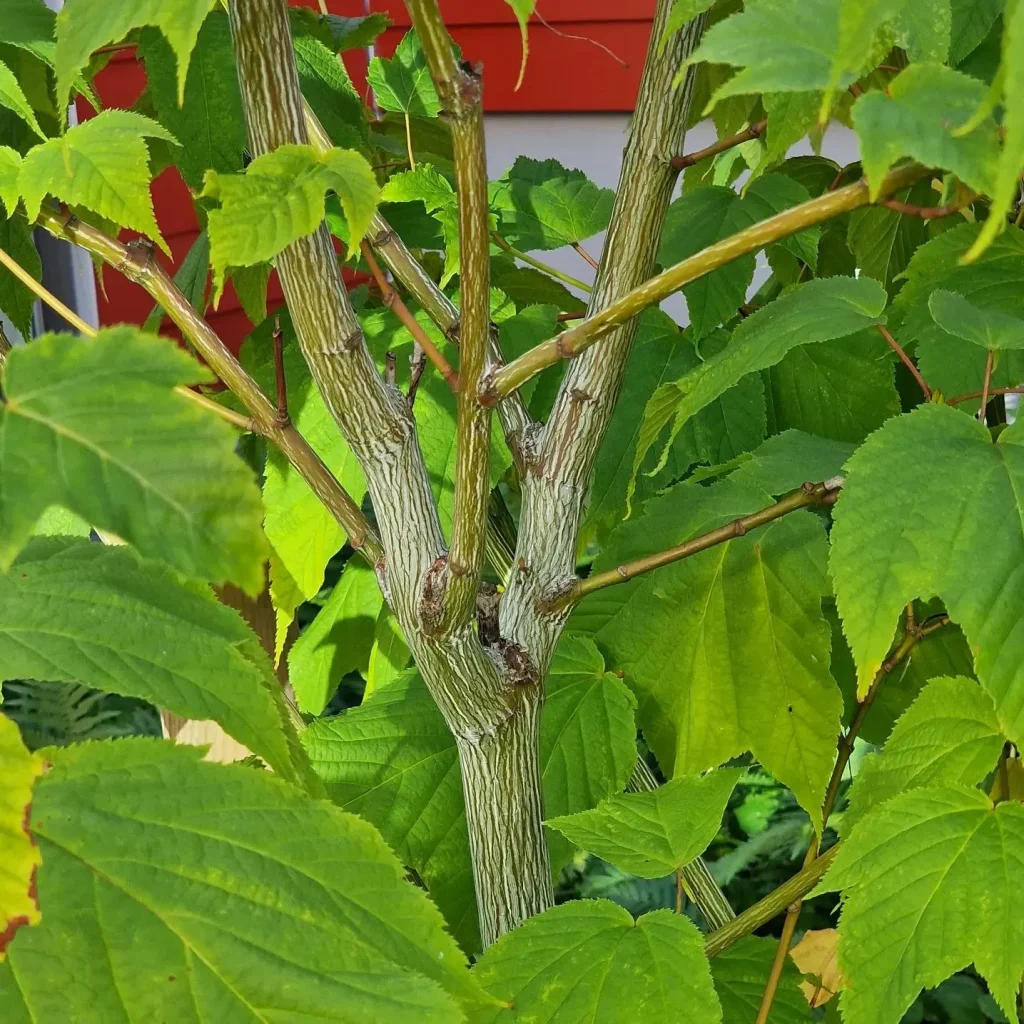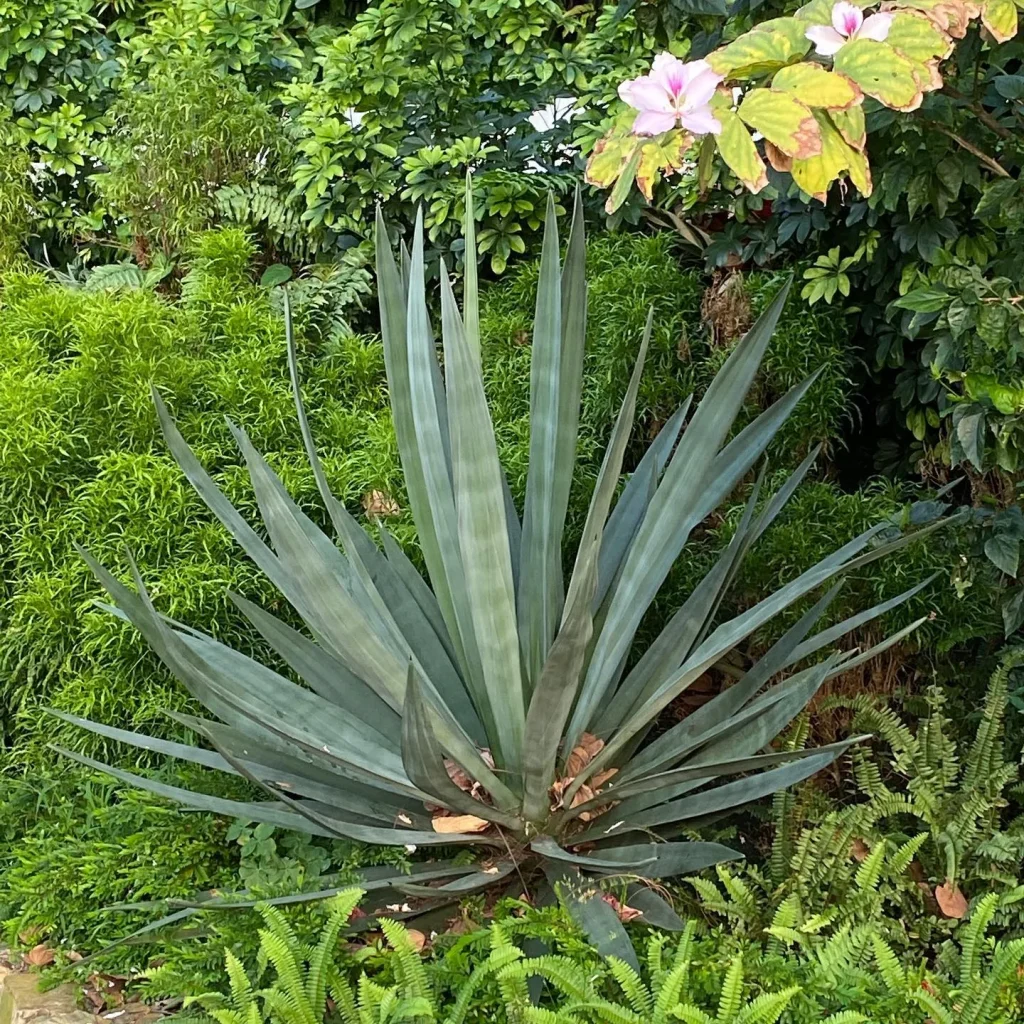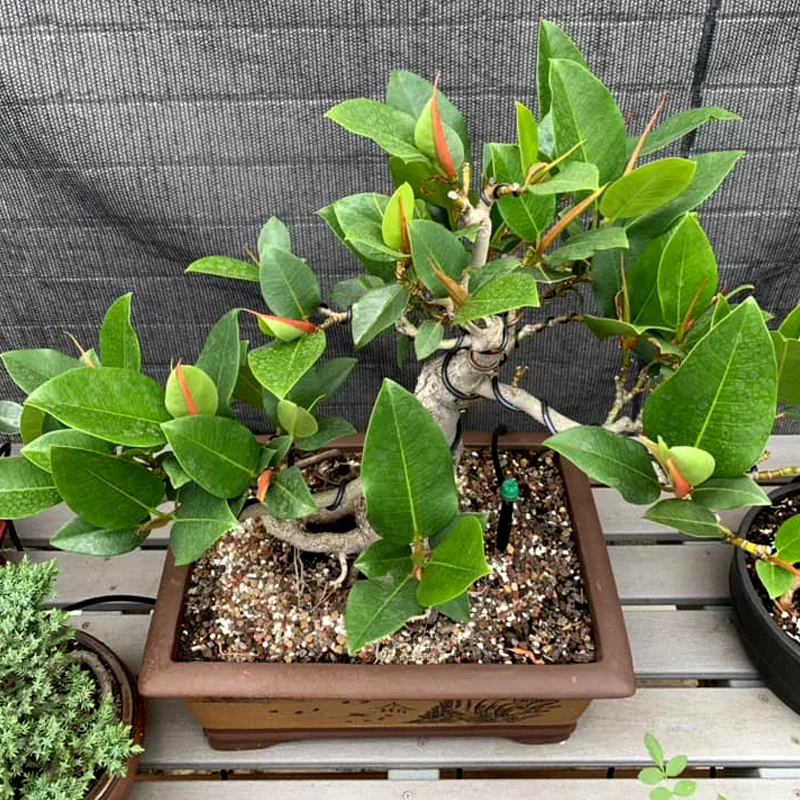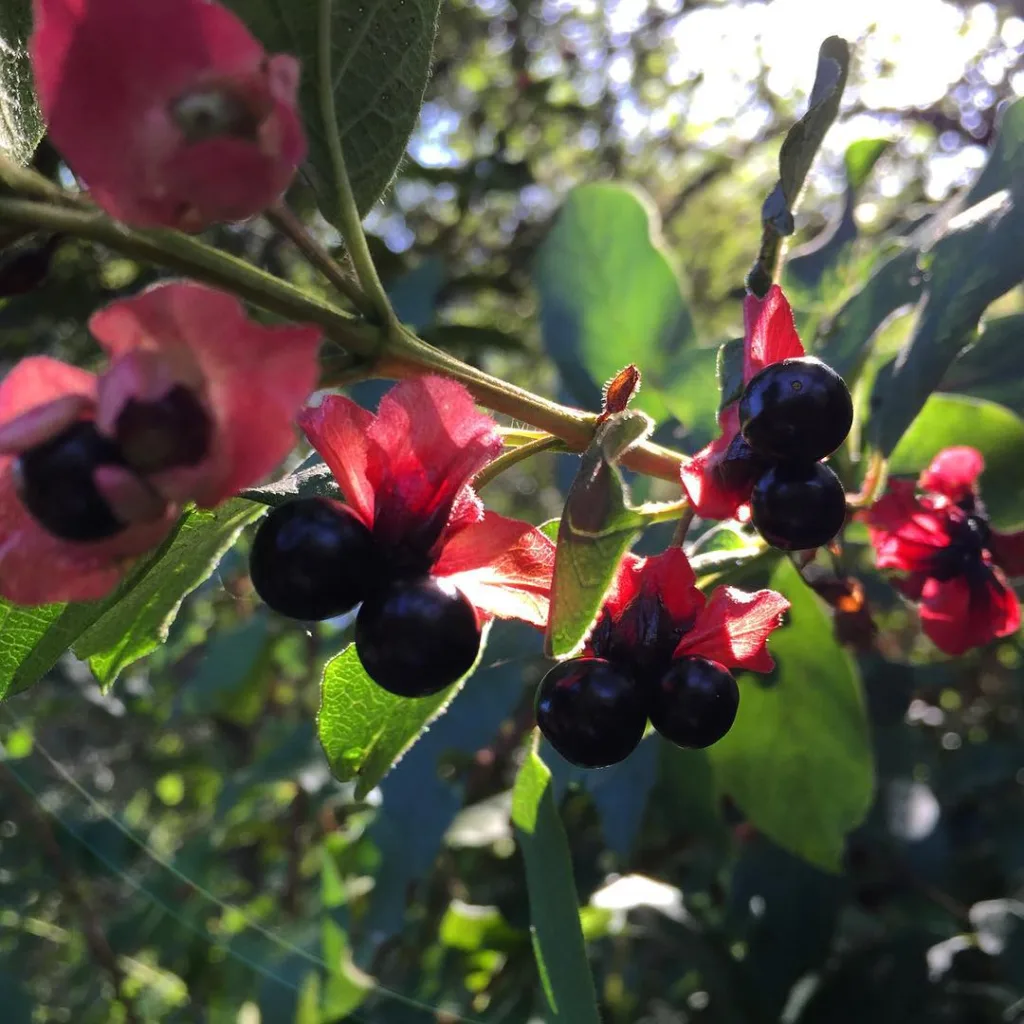Phormium: A Flax by Any Other Name
My name is Ferb Vu, and I’ve always been fascinated by the natural world, particularly the diverse and intriguing plant life that surrounds us. Today, I want to share my enthusiasm for a genus of plants that has captured my attention: Phormium. Though they share a common name with the plant that gives us linen, these fascinating specimens are a world apart from the flax used to make your favorite tablecloth.
Native to New Zealand and Norfolk Island, Phormium, commonly known as New Zealand flax, belongs to the Asphodelaceae family. These striking perennials are prized for their dramatic foliage, which adds a bold architectural element to any garden. Their sword-like leaves, often reaching impressive lengths, come in a variety of colors, from deep greens and bronzes to vibrant reds and variegated patterns.
A Tale of Two Species
The genus Phormium comprises only two species:
- Phormium colensoi (often called Mountain Flax) is native to New Zealand and is well adapted to higher altitudes and cool, windy environments. This species generally has a more graceful appearance compared to its larger counterpart, Phormium tenax, with arching leaves that often range from green to a soft, red-bronze hue. Known for its resilience, Phormium colensoi can handle colder climates, though it prefers well-drained soil and some shelter from intense sunlight. Its flowers are smaller and less conspicuous, attracting native bird species and pollinators, making it a subtle yet lively addition to a landscape.
- Phormium tenax (also known as New Zealand Flax) is a robust, striking plant that can grow up to 10 feet tall in optimal conditions. It boasts sword-like, stiff leaves that rise upright, varying from green to red, bronze, and sometimes even variegated tones. Traditionally used by the Māori people for weaving and fiber, this plant has a deep-rooted cultural and practical significance. Phormium tenax is very hardy and tolerates a range of conditions, including coastal winds, wet soils, and drought once established. Its tall flower stalks produce bright, tubular blooms that attract nectar-feeding birds, adding both height and wildlife interest to the landscape.
Despite their differences, both species share the characteristic toughness and resilience that make Phormium such a popular choice for gardeners and landscapers.
A Colorful Palette of Cultivars
While the two Phormium species provide a solid foundation, the real diversity lies in the vast array of cultivars that have been developed over the years. These cultivars offer a stunning range of colors and sizes, making it easy to find the perfect Phormium to suit any garden design.
Some popular cultivars include:
- ‘Sundowner’: This cultivar boasts bronze-green leaves with striking rose-pink margins.
- ‘Jester’: Its compact size and vibrant red and green striped foliage make it a popular choice for smaller gardens.
- ‘Bronze Baby’: As its name suggests, this cultivar features beautiful bronze-colored leaves and a compact growth habit.
- ‘Variegatum’: This cultivar showcases creamy white stripes along the edges of its green leaves.
With so many options available, the possibilities for incorporating Phormium into your garden are truly endless.
More Than Just a Pretty Face
Beyond their ornamental value, Phormium plants offer a number of practical benefits. Their strong fibers can be used for weaving baskets, mats, and other crafts. The plants are also incredibly low-maintenance, requiring minimal watering and fertilization once established. Additionally, Phormium is a sustainable and eco-friendly choice, as it requires no pesticides or herbicides to thrive.
Embracing the Beauty of Phormium
For me, Phormium represents the perfect blend of beauty and practicality. Its striking appearance adds a touch of the exotic to any landscape, while its hardiness and versatility make it a joy to cultivate. Whether you’re a seasoned gardener or just starting out, I encourage you to explore the world of Phormium and discover the many ways this remarkable plant can enhance your outdoor space.
If i die, water my plants!



